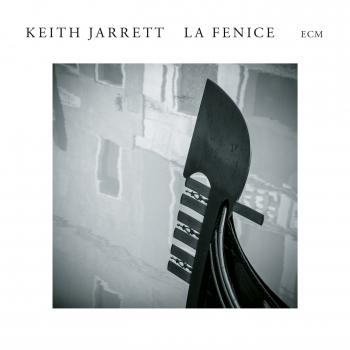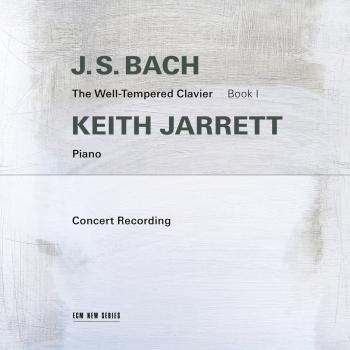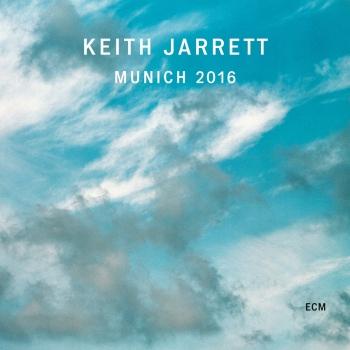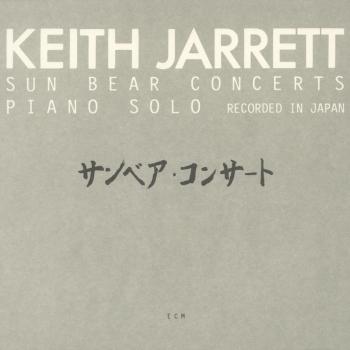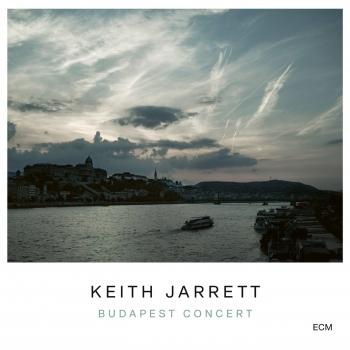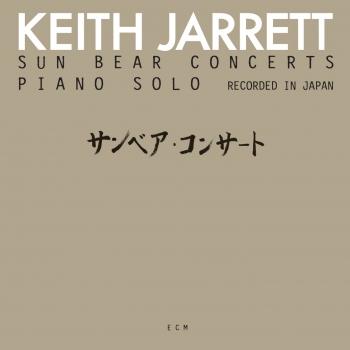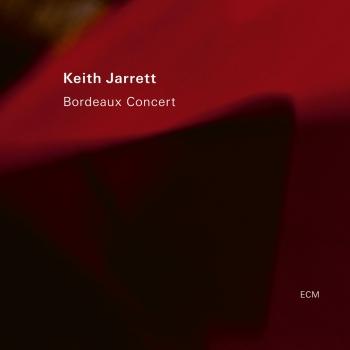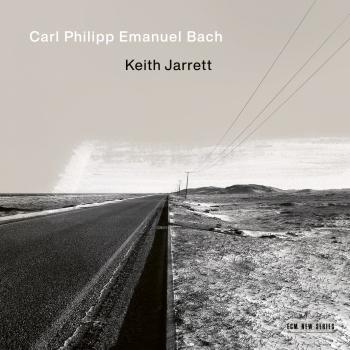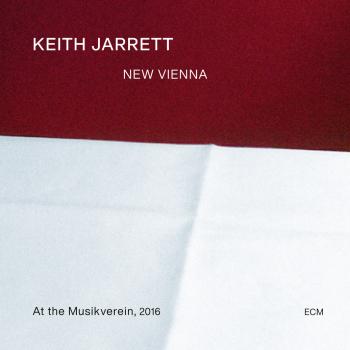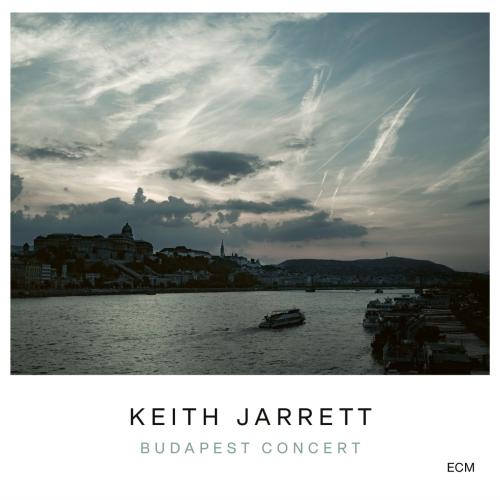
Budapest Concert Keith Jarrett
Album info
Album-Release:
2020
HRA-Release:
30.10.2020
Album including Album cover Booklet (PDF)
I`m sorry!
Dear HIGHRESAUDIO Visitor,
due to territorial constraints and also different releases dates in each country you currently can`t purchase this album. We are updating our release dates twice a week. So, please feel free to check from time-to-time, if the album is available for your country.
We suggest, that you bookmark the album and use our Short List function.
Thank you for your understanding and patience.
Yours sincerely, HIGHRESAUDIO
- 1 Part I 14:28
- 2 Part II 06:42
- 3 Part III 07:54
- 4 Part IV 07:11
- 5 Part V 04:52
- 6 Part VI 03:36
- 7 Part VII 05:24
- 8 Part VIII 05:18
- 9 Part IX 02:26
- 10 Part X 08:22
- 11 Part XI 05:28
- 12 Part XII - Blues 03:47
- 13 It’s A Lonesome Old Town 07:36
- 14 Answer Me 04:29
Info for Budapest Concert
Budapest Concert is the second complete show to be issued from Keith Jarrett’s 2016 European tour, recorded two weeks earlier than the widely-acclaimed concert released as Munich 2016. The new double album documents the pianist’s solo performance at the Béla Bartók National Concert Hall in Budapest. Jarrett, whose family roots reach back to Hungary, viewed the concert as akin to a homecoming – also with regard to his lifelong affection for Bartók, as he explained to the audience - and the context inspired much creative improvisation.
Where Jarrett’s early solo concerts shaped a large arc of music over the course of an evening, his later performances, particularly since the Radiance album, have generated suite-like structures, comprised of independent “movements”, each of them a marvel of spontaneous resourcefulness. Reviewing Munich 2016 in London’s Financial Times, Mike Hobart suggested that “the early recitals mixed classical musings, populist references and jazz spontaneity into extended streams of invention, but later recitals separated the strands.” If the process of improvisation was once the subject of the concerts, it could be said that Jarrett’s 21st century solo concerts are less about seeking than finding. There is nothing tentative about the music making on display here: its sense of assurance is among its striking characteristics - whether a ballad, a polyrhythmic study, a tone poem or an essay on the blues is being shaped in the moment.
“His magnetism for the audience must come from his polygenre attitude,” wrote Gábor Bóta on Hungary’s Népsava news site. “Jarrett consumes all genres, from light to serious, and makes them his own. Since the entire performance is improvised, we witness the music being birthed right in front of us…One feels that he just sniffs the air, catches a moment’s feeling, clicks his fingers, squints his eyes and there we have it: the right notes, the right melodies, a completely unique performance.”
Creative energy is also applied to more familiar songs given as encores, and “It’s A Lonesome Old Town” and a particularly rhapsodic “Answer Me” are transformed in Budapest.
Lately, Keith Jarrett has been saying that he views Budapest Concert as his current “gold standard”, the reference work against which other solo recordings might be measured. Whether heard as a late high point in an unprecedented musical journey or enjoyed entirely on its own terms, it is a remarkable achievement.
Keith Jarrett, piano
Keith Jarrett
At the end of 2008, Keith Jarrett added two concerts to his schedule at short notice – one at Paris’s Salle Pleyel (November 26), one at London’s Royal Festival Hall (December 1) . The music on “Testament” is from these concerts. Their range is compendious, Jarrett’s improvisational imagination continually uncovering new forms, in a music stirred by powerful emotions. In his liner notes, the pianist is forthright about the personal circumstances promoting a need to lose himself in the work once more.
He also reminds the reader/listener that “it is not natural to sit at a piano, bring no material, clear your mind completely of musical ideas and play something that is of lasting value and brand new.” This, however, has been the history and substance of the solo concerts since Jarrett initiated them, almost forty years ago . Over time their connection to ‘jazz’ has often become tenuous, yet Jarrett’s solo concerts, with the foregrounding of melody and the continual building, and relinquishing, of structure, are also removed from “free improvisation” as a genre. Jarrett’s solo work is effectively its own idiom, and has been subject to periodic revisions by the pianist. “In the early part of this decade, I tried to bring the format back: starting from nothing and building a universe.”
Since the “Radiance” album and the “Tokyo Solo” DVD of 2002 Jarrett has been adjusting the flow of the work, more often working with shorter blocks of material. “I continued to find a wealth of music inside this open format, stopping whenever the music told me to.” This approach distinguished “The Carnegie Hall Concert” (2006), and it is most effectively deployed in “Testament” , where the strongly-contrasting elements of the sections of the Paris concert in particular have the logic of a spontaneously-composed suite. The nerves-bared London performance (the first UK solo show in 18 years) is different again: “The concert went on and, though the beginning was a dark, searching, multi-tonal melodic triumph, by the end it somehow became a throbbing, never-to-be-repeated pulsing rock band of a concert (unless it was a church service, in which case, Hallelujah!).”
In the end, the improviser does what must be done. As Keith Jarrett said, a long time ago, “If you’re a rock climber, once you’re halfway up the face of the cliff, you have to keep moving, you have to keep going somewhere. And that’s what I do, I find a way.”
These days, however, Jarrett is rationing the number of ascents: there have been less than thirty solo concerts in the last decade, making “Testament” a special event indeed. Two further solo performances are scheduled for 2009 – at the Palais des Beaux Arts in Brussels on October 9, and at Berlin’s Philharmonie on October 12.
Booklet for Budapest Concert










